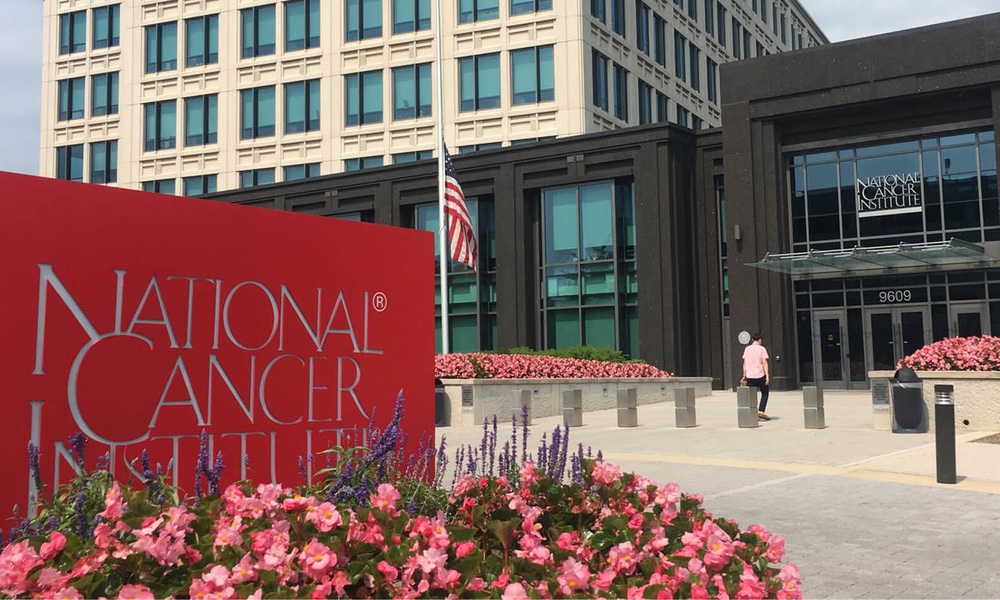Adolescence is a transitional time — from childhood to adulthood — and a period of frequently rapid physical, emotional, and sexual change accompanied by rapidly developing mental abilities. As many parents likely recall, it's a time of personal growth and self-definition.
As teenagers' understanding of themselves as separate and unique individuals in the world begins to take hold, they may question assumptions and explore possibilities. This means that adolescence is also a time of experimentation and risk-taking which may have both short- and long-term consequences that may follow a teen into adult life.
Sexual relations, and with them, sexual orientation, are frequently part of this physical and identity development. Sexual orientation is an individual’s pattern of physical and emotional arousal toward other persons and typically emerges before or early in adolescence. Children and adolescents may identify themselves as straight, lesbian, gay, bisexual, transgender, or questioning — LGBTQ.
When children and adolescence have sexual orientations that are in the minority, their adolescence may be even more tumultuous as a result.Teens who are questioning their sexual identities or who have confident sexual identities, but are struggling with a lack of acceptance from their friends or families need ‘honest answers and compassion.’
The American Academy of Pediatrics (AAP) has recently issued a policy statement designed to help pediatricians offer better information and advice to those of their patients grappling with issues of sexual identity. The paper outlines many of the issues that can arise for this unique patient population, and calls upon doctors to address them appropriately during health care visits.
“These are children who are normal; they are just different,” said David A. Levine, MD, author of the AAP technical report in a statement. “While LGBTQ youth are different, that doesn’t mean they have health or psychosocial problems. At the same time, pediatricians need to be aware of how circumstances that LGBTQ youth face in daily life may play a role in their patient’s health.”
Teens who are questioning their sexual identities or who have confident sexual identities but are struggling with a lack of acceptance from their friends or families need “honest answers and compassion in dealing with issues and questions around sexual orientation, identity and sexual behaviors" from their pediatricians.Parents of lesbian, gay, bisexual, transgender, and questioning youth are likely very aware of some of the unique challenges and barriers that face their children, but they may not know that their child's doctor may be able to assist them.
The AAP statement makes clear that teens and their families have a right to expect that their health care providers are equipped to help their adolescent patients identify “healthy, positive expressions of sexuality, and to assist adolescents as they develop their identities…” Doctors are also there to help teens avoid unwanted pregnancy and sexually transmitted infections (STIs), regardless of sexual orientation.
Family and school connectedness, religious and community involvement, have all been found to reduce the personal and societal stressors an unconventional sexual identity can bring out. So can supportive teachers, gay-straight school alliances, and schools with zero tolerance policies for homophobia or bullying. In addition to providing direct patient care, doctors can seek opportunities within the community to promote safe and supportive school and community environments.
LGBTQ adolescents are faced with both covert and overt homophobia and heterosexism. Homophobia refers to an irrational fear of homosexuality and resulting hatred of homosexuality and homosexual individuals. As a result, LGBTQ youth may be the subjects of physical or psychological bullying and social ostracism in their homes, communities, and schools.
Heterosexism is the expectation that heterosexuality is the norm and that LGBTQ teens are “abnormal.” Many sex education classes in schools limit discussion of relationships to heterosexual relationships. This can serve to further isolate and alienate many sexual minority youth and contributes to increased risks of personal violence, mental health issues, substance abuse, and risky sexual behaviors.
Many sex education classes in schools limit discussion of relationships to heterosexual relationships. This can serve to further isolate and alienate many sexual minority youth.
In addition to overlooking the emotional realities of same-sex or bisexual couples or teens who have gender identities that differ from their biological sex, such curricula do not address the educational needs that sexual minority youth have about sexuality and safety.
Patients and families should expect that their doctors’ offices are free of both homophobia and heterosexism. In order to promote an environment where teens are comfortable talking about their sexuality, pediatricians and their staff should be expected to use gender-neutral terms in written materials, medical history taking, and casual conversation.
The technical report that accompanies the AAP's policy statement offers pediatricians and their staff examples of questions that are both appropriately and inappropriate phrased. For example, rather than asking whether the male patient has a girlfriend, providers should ask whether he is dating anybody or whether he is in a romantic relationship.
Rather than asking a girl, “What do you and your boyfriend do together?”, the gender neutral phrasing suggests asking, “What do the two of you do together? Tell me about your partner? ” Instead of asking, “Are you and your girlfriend sexually active? ”, a more appropriate phrasing would be, “Are you having sex? ” Being aware of such language encourages LGBTQ teens to disclose accurate information to their medical providers that can help the provider address the unique risk factors to which their behaviors may expose them.
So how can parents of teenagers with unconventional sexual identities find practices sensitive to their sons' and daughters' concerns? One place to start is to see if the waiting rooms and exam rooms are welcoming to sexual minority patients. Such a facility would have brochures, magazines, and posted information that reflect the needs and interests of the LGBTQ community.
Regardless of sexual orientation, adolescence can be a time of unprecedented risk-taking behavior. As with any adolescent patient, doctors need to do a thorough psychosocial and behavioral history to assess risk factors for substance abuse, smoking, depression, sexually transmitted diseases and HIV, school failure, social isolation and other potentially dangerous situations.
Similarly, pediatricians make decisions about testing for sexually transmitted infections (STIs) on the basis of the sexual behaviors identified by the sexual history. As with other populations of adolescents, if LGBTQ adolescents are having protected intercourse (monogamous relationship, using condoms 100% of the time and correctly, and no substance abuse involved), it is reasonable to test them once per year.
Adolescents with multiple or anonymous partners, having unprotected intercourse, or having substance abuse issues or any other risk factors should be tested at shorter intervals. Condoms should be used for all sexual activities that involve insertive or receptive intercourse.
Because their sexual identities are often works-in-progress, it is important for parents, teens and their physicians to recognize that many teens who self-identify as gay, lesbian, or bisexual may have sexual encounters that may not be predicted by their orientation: lesbians may have sexual encounters with males and gay men with females. Therefore, discussions of birth control and emergency contraception, such as the morning after pill, are important for all teens, including those who are LGBTQ.
If your pediatrician does not feel comfortable or knowledgeable enough to assist transition planning in transgender youth, patients and families should expect that their doctor will refer them to another physician with experience or expertise regarding gender nonconformity.
Privacy cuts both ways when it comes to teenagers with unconventional sexual orientations. Teens and parents need to know that their doctors are not going to reveal information that their children are not ready or willing to disclose. However, pediatricians may be helpful allies and assist sexual minority youth in coming out to their parents/families on the patient’s own terms and timetable. This includes offering supportive suggestions and counseling and providing resources to assist the patient and family.
For those LGBTQ teens who have disclosed their preferences, pediatricians may be called upon to assist the parents in understanding and supporting their children. Parents have a range of reactions and may require several visits and check-ins with the physician to come to terms with new or unsettling information.The sensitivity extended to their children should be offered to parents as well.
Organizations such as Parents, Families and Friends of Lesbians and Gays (http://www.pflag.org) or Gay Family Support (http://www.gayfamilysupport.com) provide valuable resources for this process. Lead with Love is another excellent resource (http://leadwithlovefilm.com).
The AAP report lists numerous support, educational, and advocacy organizations available to sexual minority youth and their families and health care providers. They include: The Gay, Lesbian, and Straight Education Network; Parents, Families, and Friends of Lesbians and Gays (PFLAG), a long-standing support and advocacy organization.
The Trevor Project operates the only nationwide, around-the-clock crisis and suicide prevention hotline for sexual minority youth (866-4-U-TREVOR).
For patients, communities, and health care professionals, the Gay and Lesbian Medical Association has referral and information resources.
TransKids Purple Rainbow is a foundation that advocates and organizes events on behalf of transgender children.
For parents whose young children seem confused about their gender, the American Academy of Pediatrics' healthychildren.org is a good place to start.
Sexual minority youth who have been bullied or victimized may find the It Gets Better Projecthelpful for them and their families.




